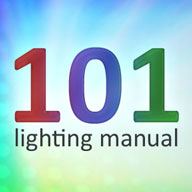Robbo
Full time elf
Ok so I have decided to introduce DC to my display for my low voltage lighting and was wondering a couple things, which may be a good idea to document for future reference to people first enquiring of DC....
first of all the lights I want to run on DC all have 8 function controllers.....and transformers, so where do I cut the wires, is it cut the controller off all together and plug into the DC board or is it after the controller?
also how do you know how much power to supply to the board, I notice on the transformers that it has an output rating, eg 24v so does this mean that you need to supply 24V to the board or just to that channel? Assuming I can use a 24v output power supply to run this particular string can it also run a 12v set on the same board?
your input will be much appreciated
first of all the lights I want to run on DC all have 8 function controllers.....and transformers, so where do I cut the wires, is it cut the controller off all together and plug into the DC board or is it after the controller?
also how do you know how much power to supply to the board, I notice on the transformers that it has an output rating, eg 24v so does this mean that you need to supply 24V to the board or just to that channel? Assuming I can use a 24v output power supply to run this particular string can it also run a 12v set on the same board?
your input will be much appreciated

